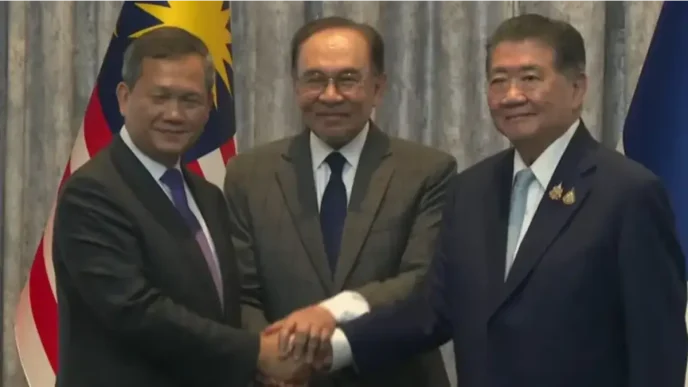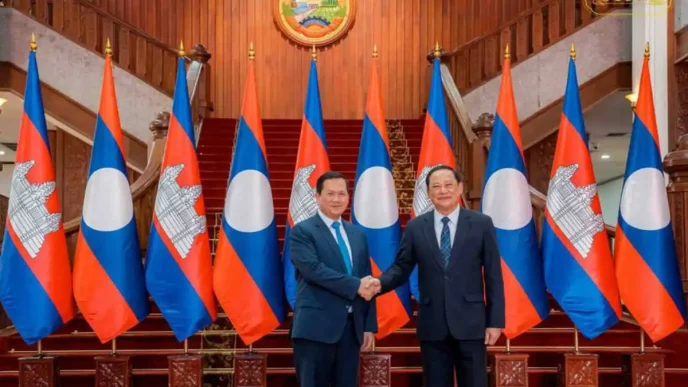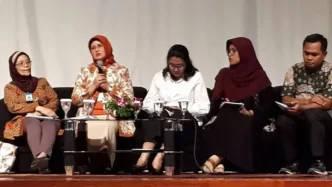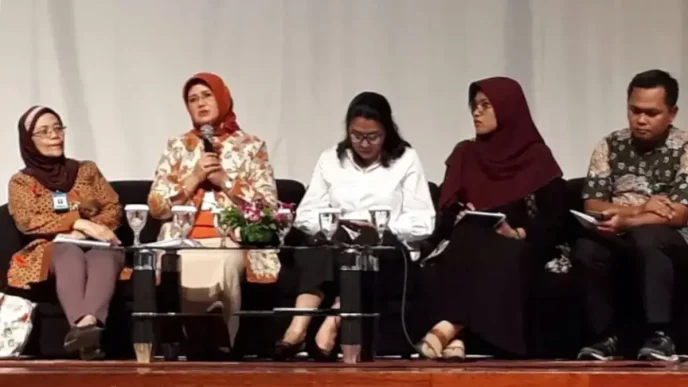In a bid to shield its younger generation from the perils of the digital age, Indonesia is poised to introduce stringent restrictions on social media access for minors, following in the footsteps of Australia’s recent ban for children under 16. With nearly 80% internet penetration across its population of 280 million and almost half of children under 12 already online, the archipelago nation faces a pressing mental health crisis among its youth. But while the proposed policy enjoys broad public support, particularly from concerned parents, it raises critical questions about data privacy, enforcement, and whether limiting screen time addresses the root causes of adolescent anxiety and depression.
President Prabowo Subianto has set an ambitious two-month deadline for the Communications and Digital Ministry to draft interim guidelines on child online protection, a precursor to comprehensive national legislation. The impending rules are expected to mandate increased parental oversight of internet use and impose sanctions on tech companies that fail to prevent underage access to their platforms. Yet, as the government races to protect its 15 million teenagers—35% of whom, according to the 2023 Indonesia National Adolescent Mental Health Survey, have faced mental health challenges—experts and activists warn of potential pitfalls, from data misuse to the neglect of broader societal solutions.
A Growing Mental Health Crisis in the Digital Era
The urgency behind Indonesia’s push for regulation stems from a global phenomenon that American social psychologist Jonathan Haidt terms “the great rewiring of childhood.” In his book The Anxious Generation, Haidt charts a sharp rise in major depressive episodes among adolescents post-2010, correlating this with the proliferation of smartphones and social media alongside a decline in play-based childhoods. While his data focuses on Western countries, particularly impacting those born after 1995, Indonesia is not immune. Local studies echo Haidt’s findings, linking high exposure to negative online content, including cyberbullying, to rising rates of anxiety, depression, and self-harm among the nation’s youth.
The scale of the issue is staggering. With over 15 million teenagers grappling with mental health problems, the need for intervention is undeniable. “High exposure to negative content on social media contributes significantly to the problem,” noted a researcher involved in the 2023 national survey. The Indonesian government’s response mirrors a growing international consensus—last November, Australia became a pioneer by legislating a social media ban for under-16s, a move that inspired Jakarta to act swiftly. But while curbing access to platforms like Instagram and TikTok may mitigate some risks, it is far from a panacea.
Privacy Concerns in a Cyber-Vulnerable Nation
As Indonesia prepares to tighten its digital borders for minors, the mechanics of enforcement are sparking alarm. Future verification processes for social media users may require a combination of valid identification, detailed profile information, and even biometric data. In a country that has seen a surge in cyberattacks—most notably a June 2024 ransomware attack on a national data centre that disrupted public services and reportedly led to the theft of millions of citizens’ personal information—such measures are a double-edged sword. The risk of data misuse and exploitation looms large, particularly given the slow pace of implementing the 2022 Personal Data Protection Law, which mandates an oversight agency that has yet to be fully established.
Critics argue that the government must prioritise the creation of this agency before rolling out policies that could expose vulnerable data to hackers. Personal information stolen in past breaches has already been sold on the dark web, undermining public trust in state-managed digital systems. If the child protection regulation proceeds without robust safeguards, it could exacerbate an already precarious situation. “We welcome the intent to protect our children, but not at the cost of their privacy,” said a Jakarta-based parent and digital rights advocate, reflecting a sentiment shared by many.
Beyond Digital Restrictions: The Need for Real-World Solutions
Even if privacy concerns are addressed, restricting social media access for minors risks being a superficial fix to a deeper malaise. Haidt’s research underscores a fundamental human need for outdoor play to foster brain development and prepare for adulthood—a need that remains unmet for many Indonesian children, particularly in urban centres. While rural areas may offer abundant natural spaces, densely populated cities like Jakarta and its surrounding buffer zones tell a different story. South Tangerang, a city of over 1.4 million in Banten province, has fewer than 10 free open spaces for children, with many recreational areas locked behind paywalls, forcing families to bear additional costs for basic entertainment.
The lack of accessible, child-friendly facilities is a glaring gap in Indonesia’s approach to youth wellbeing. If the government is serious about countering the mental health crisis, it cannot rely solely on digital restrictions. Building safe, public spaces where children can play, socialise, and grow outside the confines of a screen is equally critical. “Limiting social media is just the beginning,” argued a child psychologist based in Jakarta. “Without alternatives, we’re simply shifting the problem elsewhere—children need environments where they can thrive in the real world.”
Balancing Protection with Practicality
Public sentiment, particularly among parents, largely favours the proposed restrictions. The idea of shielding children from cyberbullying and harmful content resonates deeply in a society increasingly aware of the digital world’s darker corners. Yet, the government must tread carefully to avoid overreach. Stringent verification processes could alienate users or drive underage individuals to unregulated platforms, while tech companies may struggle to comply with sanctions in a market as vast and diverse as Indonesia’s. Moreover, the cultural context—where family structures often play a central role in child-rearing—demands that policies empower parents rather than burden them with complex oversight responsibilities.
The broader question is whether Indonesia can learn from global precedents while tailoring solutions to its unique challenges. Australia’s ban, for instance, has faced criticism over enforcement feasibility and the potential for social exclusion among teens. Jakarta has the opportunity to refine this model by integrating privacy protections, investing in physical infrastructure for children, and fostering public dialogue on mental health. President Prabowo’s administration, still in its early days, faces a delicate balancing act: protecting the nation’s youth without compromising their rights or stifling technological progress in a digitally connected era.
A Step Forward, but Not the Whole Journey
Indonesia’s move to restrict social media access for minors signals a proactive stance on a pressing global issue. With mental health challenges affecting millions of its adolescents, the government’s intent to safeguard the younger generation is commendable. However, the road ahead is fraught with obstacles, from ensuring data security in a cyber-vulnerable landscape to addressing the scarcity of real-world spaces for children to flourish. Limiting screen time may curb some harms, but it cannot replace the need for holistic policies that tackle the root causes of the crisis.
As the Communications and Digital Ministry works against the clock to draft its guidelines, the nation watches with a mix of hope and apprehension. If implemented with caution and foresight, this policy could set a precedent for child protection in the digital age. But without complementary measures—robust data oversight, accessible public spaces, and mental health support—it risks being a well-intentioned but incomplete solution. For Indonesia’s 15 million teenagers, the stakes could not be higher. Their wellbeing depends not just on what is restricted, but on what is built in its place.














